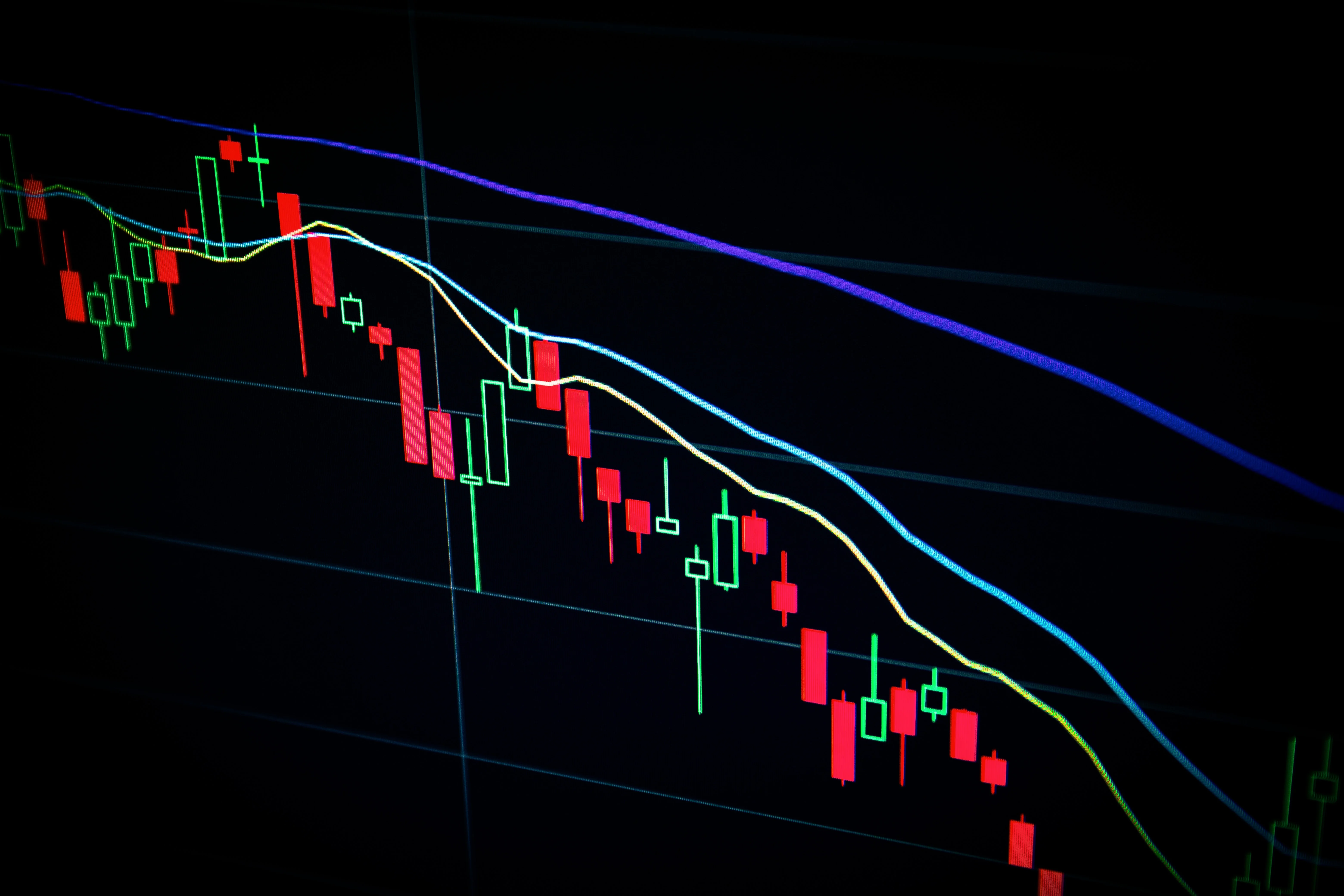Slippage is a fundamental concept that frequently emerges in the world of Automated Market Makers (AMMs) and decentralized finance (DeFi). To the uninitiated, it may sound like technical jargon, but grasping the concept of slippage is paramount for anyone actively engaged in crypto trading and seeking avenues for generating passive income. In this comprehensive article, we will delve deep into the concept of slippage in AMMs, elaborating on why it occurs and, most importantly, how traders can employ strategies to minimize its impact while optimizing their potential for earning passive income in the ever-evolving DeFi landscape.
What is Slippage?
Slippage, in the context of crypto trading and AMMs, refers to the difference between the expected price of an asset and the actual price at which the trade is executed. It's essentially the cost traders pay for the convenience and speed of executing a trade in a volatile market. Slippage is not unique to crypto; it occurs in traditional financial markets as well. However, it takes on a distinct character in the realm of decentralized finance.
Slippage and Passive Income
Slippage plays a pivotal role in determining the potential for earning passive income through crypto trading within Automated Market Makers (AMMs). Passive income, generated by participating as a liquidity provider in these liquidity pools, is contingent on understanding and managing slippage effectively. Traders aiming to optimize their passive income streams should grasp the nuances of slippage, as it directly impacts the returns and earnings they can accrue from providing liquidity in DeFi platforms. In essence, mitigating slippage is the key to unlocking the full potential of passive income in the dynamic realm of decentralized finance.
Why Does Slippage Occur?
Slippage occurs due to several interconnected factors. First and foremost is the nature of AMMs themselves. Unlike traditional order book exchanges, where buyers and sellers interact directly, AMMs rely on liquidity pools. Liquidity pools tend to have lower amounts of liquidity than exchanges, especially for non blue-chip tokens that are not..
The second key factor is liquidity. Liquidity measures how easily an asset can be bought or sold without significantly affecting its price. Assets with higher liquidity typically have smaller spreads, meaning the difference between the buying and selling prices is narrower. In AMMs, slippage tends to be higher when liquidity is lower.
The Impact of Volatility
One of the most significant contributors to slippage is market volatility. In highly volatile markets, prices can change rapidly between the moment a trader submits an order and when it is executed. This price movement can result in larger slippage.
For instance, imagine you want to buy a specific cryptocurrency at $100, but due to its volatile nature, the price jumps to $110 by the time your order is processed. You would experience a slippage of $10 per token. In less volatile conditions, the price might have remained closer to your desired $100.
How Slippage Affects Traders
The impact of slippage on traders can be significant. It can turn what appears to be a profitable trade into a loss-making one. For example, if you're trading a large volume of tokens, slippage can quickly erode potential gains.
Let's say you plan to buy 1,000 tokens at $100 each, with a total cost of $100,000. However, due to slippage, your order gets executed at an average price of $110 per token. Instead of spending $100,000, you end up spending $110,000. That's a $10,000 difference attributed to slippage.
Strategies to Minimize Slippage
While slippage is inherent in trading, there are strategies traders can employ to mitigate its impact. Here are some effective techniques:
1. Use Limit Orders: Limit orders allow traders to specify the maximum or minimum price at which they are willing to buy or sell an asset. This helps control the execution price and reduces the risk of unfavorable slippage.
2. Trade at Optimal Times: Market conditions can vary throughout the day. Traders can analyze historical price data to identify periods of lower volatility and trade during these times to reduce slippage.
3. Diversify Your Assets: Spreading your investments across various assets and liquidity pools can help minimize the impact of slippage on your overall portfolio.
Advanced Slippage Mitigation
Innovations in DeFi are constantly evolving, and some platforms are actively working on reducing slippage. These solutions often employ dynamic strategies that actively manage liquidity to reduce slippage issues. Additionally, decentralized exchanges and liquidity aggregators are integrating advanced algorithms to optimize trade executions and minimize slippage.
The Role of Liquidity Providers
Liquidity providers play a crucial role in reducing slippage. By adding their assets to liquidity pools, they increase the overall liquidity of the market, making it easier for traders to execute orders without significant price impact. In return, liquidity providers earn a share of the trading fees generated within the pool, creating incentives for participation.
Risks and Challenges
While there are strategies to mitigate slippage, traders should be aware of potential risks associated with these techniques. For example, setting a limit order too far from the current market price may result in the order not being executed at all. Additionally, trading at specific times might not always guarantee lower volatility.
Staying informed about market conditions and the assets you are trading is essential for making informed decisions and managing slippage effectively.
Conclusion
In the world of crypto trading and AMMs, slippage is a concept that traders need to grasp thoroughly. It's an inherent part of the trading experience, but with the right knowledge and strategies, its impact can be minimized. As the DeFi space continues to evolve, we can expect to see more innovative solutions aimed at reducing slippage and improving the overall trading experience.
FAQs
1. What is the primary cause of slippage in AMMs?
Slippage in AMMs primarily occurs due to the automated nature of these systems and the reliance on liquidity pools. When traders execute orders, especially large ones, they interact with these pools, causing price changes as the pool's reserves are affected. This difference between the expected and actual execution price is referred to as slippage.
2. Can slippage ever be entirely eliminated, or is it an inherent part of trading?
Slippage is inherent in trading, both in traditional markets and within AMMs. It stems from the dynamics of supply and demand, as well as market volatility. While it cannot be entirely eliminated, traders can employ strategies and techniques to minimize its impact.
3. Are there any risks associated with using limit orders to minimize slippage?
Yes, there are risks associated with using limit orders. Placing a limit order too far from the current market price might result in the order not being executed, causing missed trading opportunities. Traders should strike a balance between minimizing slippage and ensuring that their orders are filled.
4. How do liquidity providers benefit from reducing slippage, and what risks do they face?
Liquidity providers benefit from reducing slippage by earning a portion of the trading fees generated within the liquidity pool. By adding their assets to the pool, they improve overall market liquidity, making it easier for traders to execute orders. However, liquidity providers also face risks, such as impermanent loss, where the value of their assets in the pool fluctuates relative to holding them outside the pool.
5. What are some emerging DeFi solutions that aim to address the issue of slippage?
Emerging DeFi solutions are actively working on reducing slippage. These include platforms that employ dynamic strategies to actively manage liquidity and minimize slippage issues. Additionally, decentralized exchanges and liquidity aggregators are integrating advanced algorithms to optimize trade executions and reduce slippage. The DeFi space continues to innovate to enhance the trading experience.


